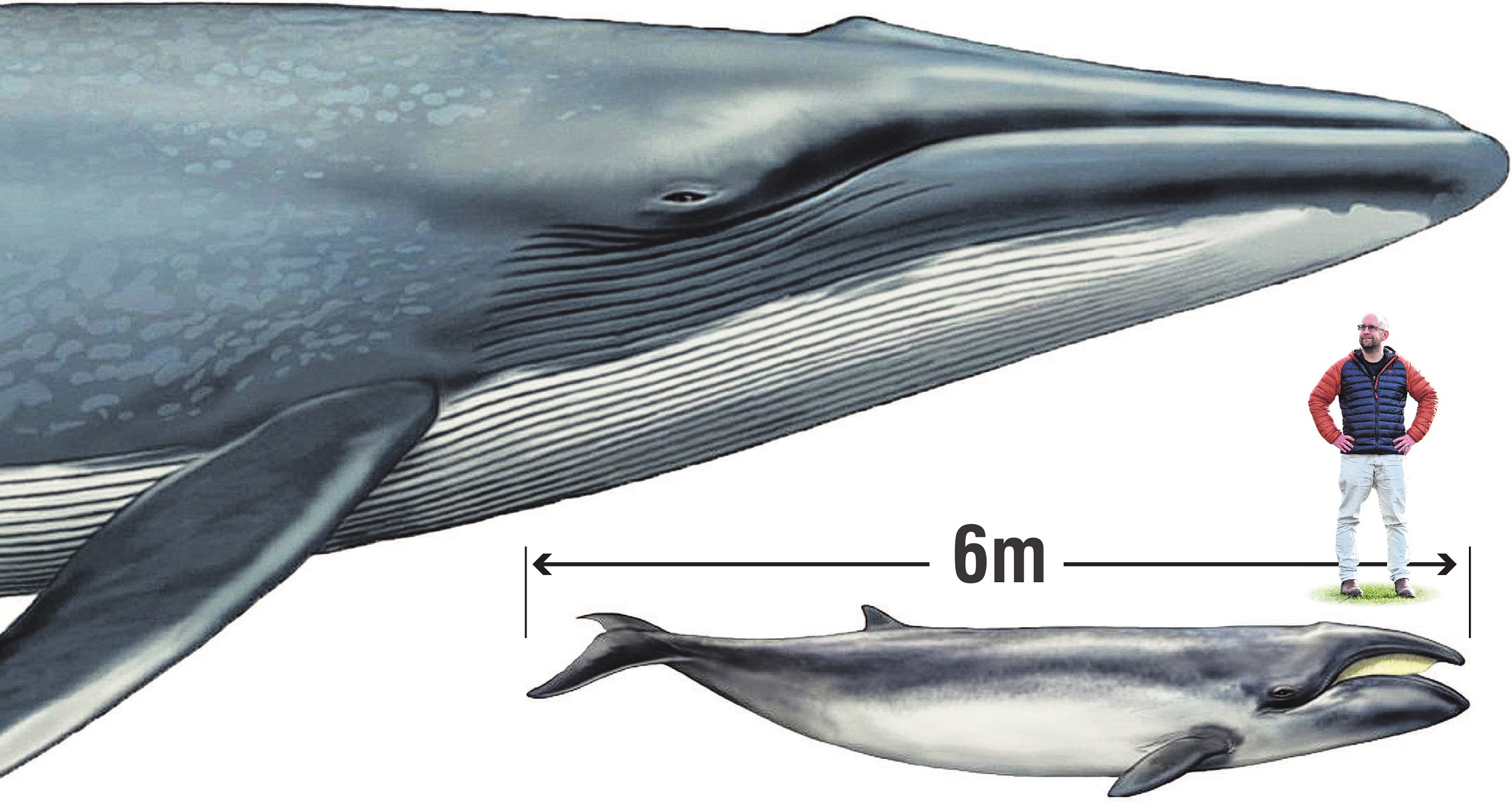
Is it related to the larger blue whale or is it related to the right whale?
A new study has resolved the bone of contention by sequencing the complete genome of the pygmy right whale (Caperea marginata), combined the findings with morphology and palaeontology, and found it has its own distinct lineage.
Study co-author and University of Otago palaeogenetics laboratory director Dr Nic Rawlence said the world’s smallest baleen whale had a unique tank-like skeleton, and its ecology and behaviour remained virtually unknown.
He said Caperea was a "wonderful case of convergent evolution", which occurred when two unrelated species ended up appearing increasingly alike as they adapted to similar selective pressures.
"Caperea has historically been aligned with right whales because they look the same due to similar feeding strategies, when in fact, it’s probable that Caperea is the last surviving member of an ancient group of whales called cetotheres."
Co-author and Te Papa curator of marine mammals Dr Felix Marx was pleased to be able to exploit the power of genomics to elucidate the history of life.
"After 150 years of anatomical orthodoxy and decades of dispute, genomics now shows beyond reasonable doubt that Caperea is a distinct lineage and not related to right whales.
"Like river dolphins and sperm whales, Caperea is the sole guardian of a unique piece of evolutionary heritage.
"It’s not just another weird right whale — it truly is the last survivor of an otherwise lost family that once played a much bigger role in Earth’s history."
He said the skull shape of the pygmy right whale seemed to be adapted for skim-feeding, where a whale would swim at the water’s surface with its mouth open to food.
"This is very similar to the larger true right whale, leading some scientists to believe the two whales are closely related, hence their similar names.
"However, others believe the pygmy right whale is more closely related to species like the blue whale, which take big gulps of water to collect food instead of skimming."
Co-lead author and University of Otago zoology researcher Dr Ludo Dutoit said now the pygmy right whale’s position in the family tree of whales had been confirmed, researchers could start to explore what the Caperea lineage looked like and what kind of past events were significant in driving its evolution.












